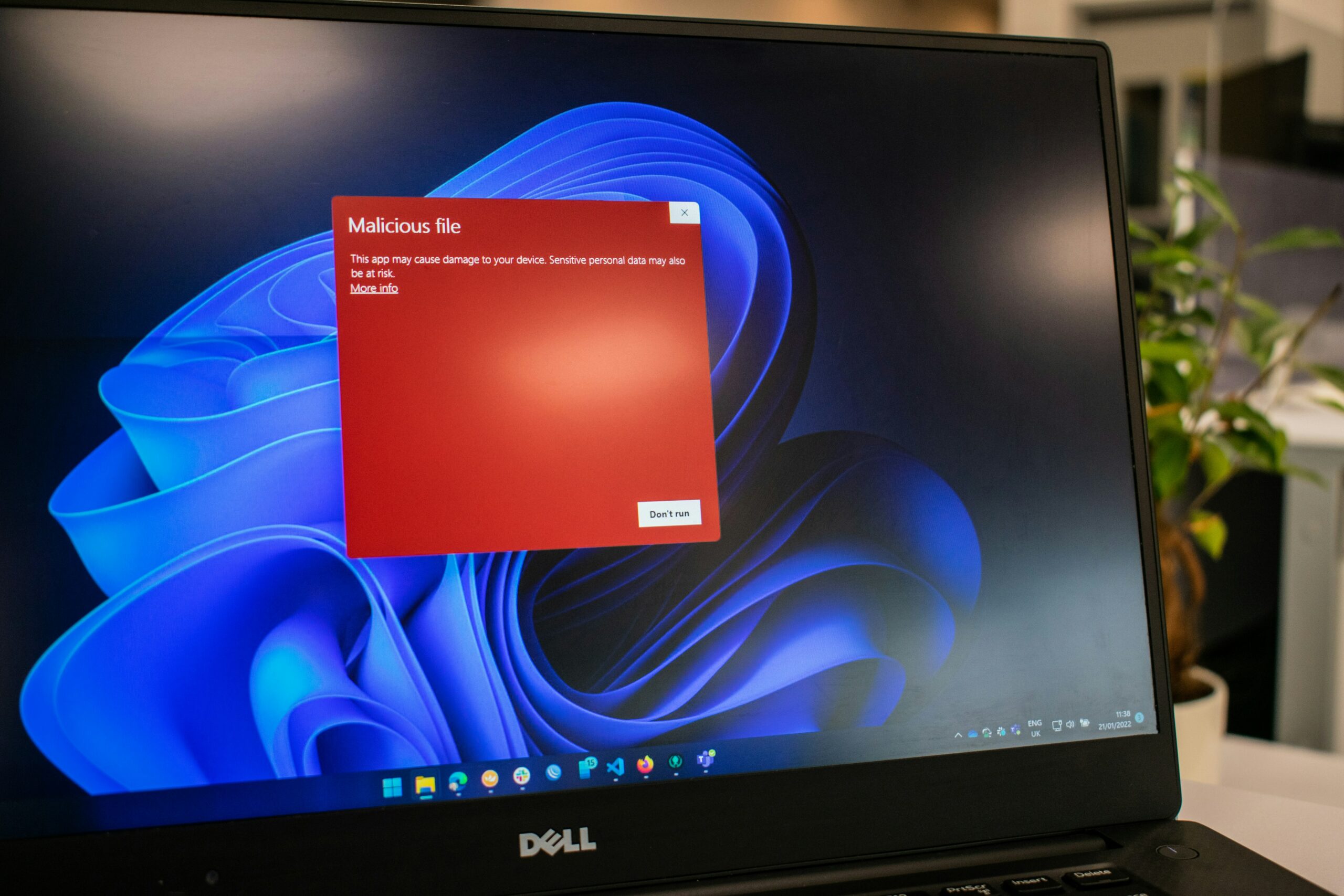The pace of technological change has never been this fast – and it will never be this slow again. Leaders keep hearing this. But what does that really mean?
It means that technology is on a sprint, while governance trudges behind. AI is evolving faster than most organisations can handle. Moore’s Law predicted that computing power would double every two years. Now it’s doubling every six months. Meanwhile, cybersecurity threats are multiplying, and digital ecosystems are shifting beneath our feet.
This challenge is front-and-centre at the 2025 EY Technology Governance Program, where some of Australia’s top board directors are confronting a hard question: Is our organisation built for the era of AI, or are we still operating with industrial-age governance models?
Consider these proof points:
- Cybersecurity is the single biggest risk (72%) for boards in 2025, overshadowing geopolitical threats (37%), regulatory pressure (36%) and even ESG concerns (31%).1
- Australians are among the least positive about the future of AI – with 38% seeing the potential, compared to 83% in China and 84% in India. Australia risks getting left behind as AI reshapes our world.2
- The contribution of Australian businesses to national R&D is just 0.88% of GDP, compared with the OECD average of 1.99%. Other countries are investing twice as much in their future competitiveness.3
The consequences are clear: Boards that can’t keep pace will struggle to connect with customers, manage emerging risks or drive innovation.
Boardroom Bandwidth
Many directors admit they feel perplexed, frustrated, apprehensive and excited all at once. They are expected to make high-stakes technology decisions, yet the governance playbook hasn’t caught up with the speed of disruption.
The opportunities, however, are enormous. The Tech Council of Australia estimates that AI could create 200,000 jobs in Australia and contribute $115 billion to the economy by 2030 – 70% of that through productivity gains.4
Six Smart Strategies
So, what should leaders be doing differently?
- Recognise the paradox – Technology should simplify operations, but it often makes decision-making more complex. Boards must balance speed and strategy.
- Close the capability gap – Tech literacy is as critical as financial literacy. Boards must update their digital fluency.
- Update governance – Traditional structures (monthly meetings, annual priorities) can’t keep up. Boards need to accelerate decision-making.
- Invest in research – Companies must move beyond buying technology to building internal innovation.
- Rethink business models – As AI reshapes industries, the old model of 30% innovation and 70% maintenance must be flipped.
- Keep humans@centre – Technology evolves fast, but human behaviour doesn’t. Understand what employees and customers want.
Between us, we’ve seen many hype cycles – from the dot-com boom to the big data explosion. But 2025 is different. The pace of change is relentless. For boards, this isn’t just a challenge – it’s an existential test of leadership.
The article was published by EY.
Photo by Unseen Studio on Unsplash.

 4.0
4.0 





















